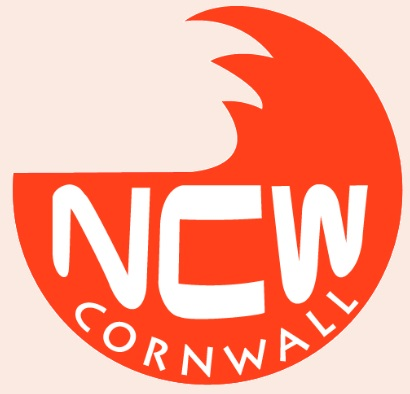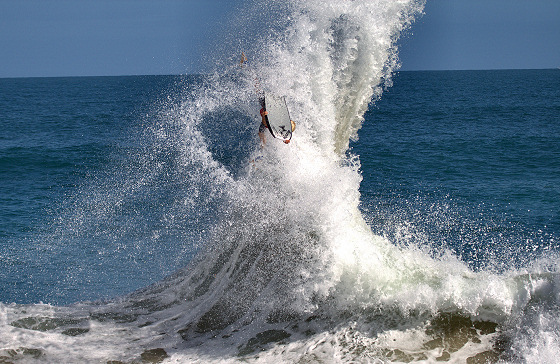News
Convergence, refraction and backwash – (sometimes) helping hands in surfing
Not all surf spots are the same. Not all waves break in the same manner. Pretty obvious statements but something progressing surfers should take note of. As the world and his dog continues to hear surfing’s call to arms, and pick up a board, line ups are getting ever busier. Those with an adventurous and optimistic spirit are therefore searching out spots away from headline breaks and crowds. What were once perceived as ‘no waves’ are now being ridden regularly. In some instances the mechanics of a break are quite specific. In other scenarios riders rely on quirks of nature to snag their waves.
Convergence
In layman’s terms convergence is any area where swells refract (bend) into one another and meet focusing the wave energy into one place. Think tip of an offshore sandbar spit. If said sandbar or reef allows swells to run along either of its sides it stands to reason there’ll be a meeting of this energy at some (literal) point. The result of convergence can be a wedging peak doubling in size.
Some spots (the infamous Newport Wedge as an example) experience convergence as the wave energy bounces off a manmade breakwater. The additional energy focuses in on the straight line swell, combines and pumps up the face making it a much bigger beast. A steeper and more critical drop being the result
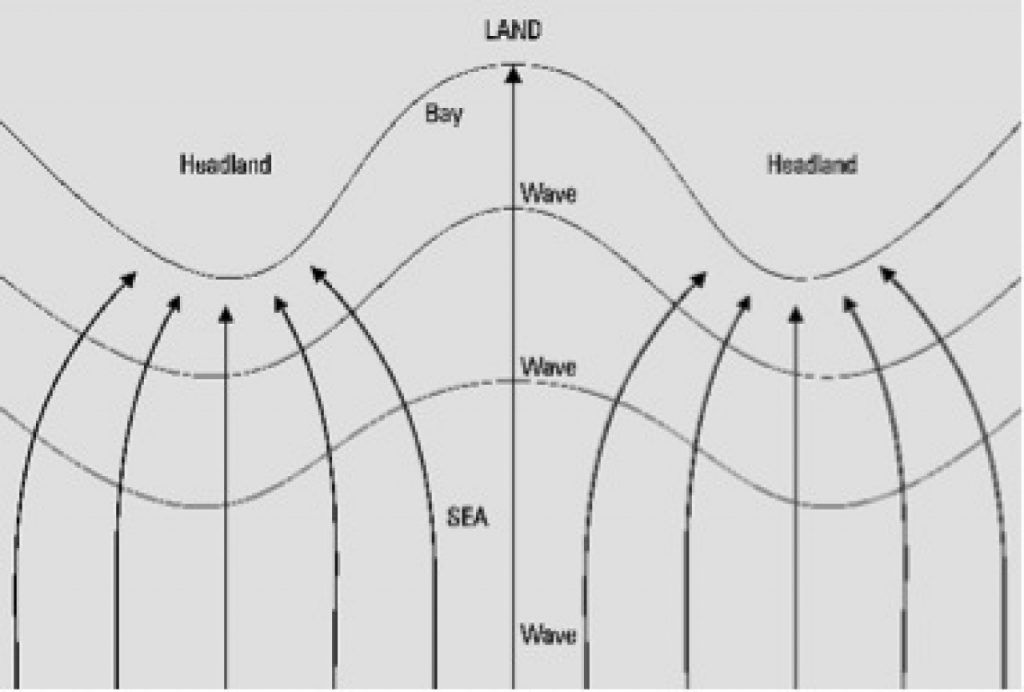
On the downside convergence can cause a washing machine effect, with all manner of flotsam coming from many angles. Best not get stuck here if you can help it!
Refraction
The bending of waves, either in concave or convex fashion, is a trait at some of the world’s best waves. Many point breaks boast refracted waves as they peel along the shoreline. Ground swell rushes in and will wrap around headlands, islands and such like. In some cases the wave can refract to the point of almost facing back in the direction of travel.
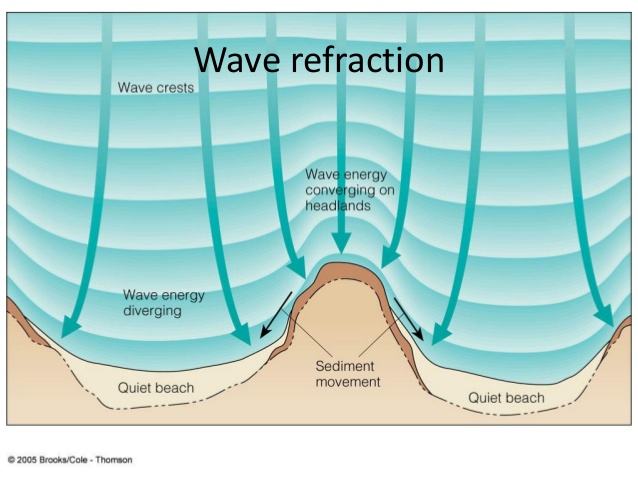
If you have a spot with onshore winds across open sea swells a refracted wave may bend in such fashion that a once messed up wall suddenly becomes clean and offshore. We know of a few places locally to NCW that do this and a good many more elsewhere.
Backwash
In its negative state backwash, whereby wave energy bounces back off the shore or other static objects, can play havoc with a line up. At its most extreme you can literally have a wave racing back at you from the shore, with other swells coming at you from open water. There are some vids online of surfers riding these backwash waves out to sea.
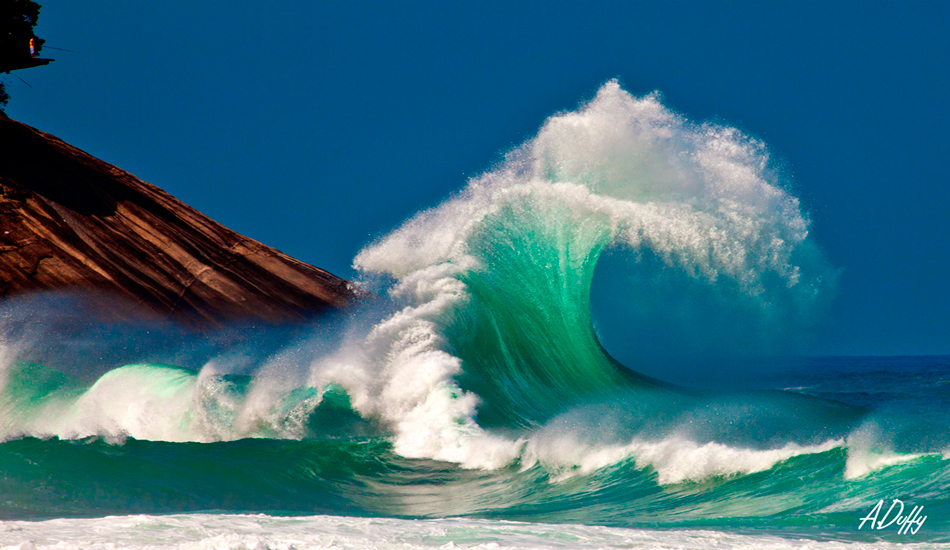
On a positive some backwash surf spots can be a good thing. Fat swells, that wouldn’t break otherwise, suddenly become steep and hollow as a backwash wave meets it on the way back out to sea. The timing isn’t anything a surfer can control but we (again) know of a few locations benefitting from this kind of thing. Steep beach breaks for instance can be worth a look.
If you’re lucky then you may stumble across a put in that has a combination of the above features. Time it right and you end with better quality waves than originally thought. At the very least knowing how to spot these phenomena is a good thing and will increase your wave knowledge.
